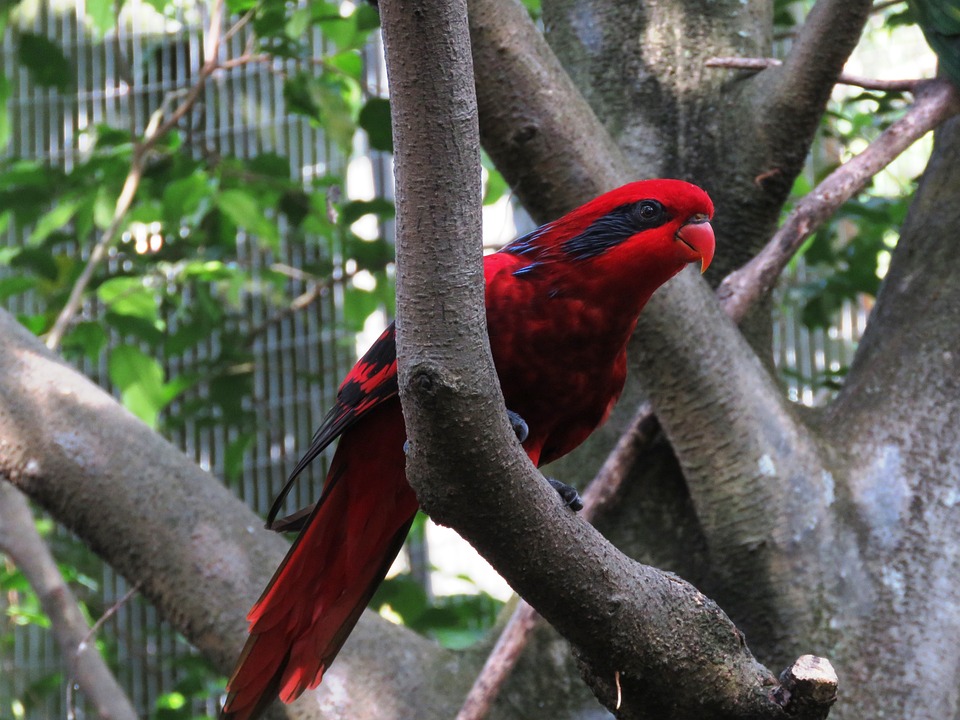Teaching your parrot to step back can be a valuable skill that enhances their cognitive abilities and promotes a safe environment for both you and your feathered friend. In this comprehensive guide, we will explore effective techniques to train your parrot to step back, as well as address frequently asked questions to ensure a successful training experience.
Parrots are naturally curious creatures and may find themselves in situations that could be potentially dangerous. By training your parrot to step back, you empower them with the ability to make informed decisions and avoid potential hazards. This cue can also be useful in various situations, such as when your parrot needs to retreat from an unfamiliar object or person, or during veterinary examinations.
Before embarking on any training, it is crucial to build a strong foundation of trust and a positive relationship with your parrot. Spend quality time together, engage in interactive play, and create a nurturing environment to facilitate the training process.
Select a quiet and distraction-free environment for training sessions. A familiar and comfortable space will help your parrot focus and respond better to training cues.
To introduce the “step back” cue, start by using a specific verbal cue, such as “step back,” or a hand gesture, accompanied by a reward, such as a favorite treat. Repeat the cue and reward association consistently to establish a clear understanding in your parrot’s mind.
One effective technique is backward targeting. Using a target stick or your hand as a target, command your parrot to touch the target while gradually moving it backward. Reward your parrot each time they take a step back in response to the cue. Repeat this exercise, increasing the distance gradually, until your parrot confidently moves backward without hesitation.
Consistent reinforcement and positive feedback are vital throughout the training process. As your parrot becomes proficient in stepping back, reinforce the behavior intermittently to ensure its retention. Gradually increase the complexity of the training by introducing distractions or practicing the cue in different environments to reinforce the behavior under varying circumstances.
Now let’s address some frequently asked questions about training your parrot to step back.
1. How long does it take to train a parrot to step back?
The training duration varies depending on the individual parrot. Some parrots may learn the cue within a few weeks, while others may require several months. Consistency, patience, and positive reinforcement are key to successful training.
2. What if my parrot doesn’t respond to the cue?
If your parrot doesn’t respond to the cue initially, try breaking down the training process into smaller steps. Reinforce any slight backward movement and gradually shape the behavior into the desired response. Seek professional guidance if you encounter persistent difficulties.
3. Can I use a clicker during “step back” training?
Absolutely! Clicker training can be an effective tool to mark desired behaviors. Pair the clicker sound with the reward to reinforce the association between the “step back” cue and the positive outcome.
4. Is it possible to train older parrots to step back?
Yes, parrots of all ages can learn new behaviors through positive reinforcement training. Older parrots may require additional time and patience, but with consistent training and motivation, they can successfully learn to step back on cue.
Remember, each parrot is unique, and training progress may vary. Celebrate small victories and always prioritize the well-being and happiness of your parrot throughout the training journey. With dedication, patience, and the right techniques, you’ll soon have a parrot that confidently steps back on cue, ensuring their safety and enhancing their behavioral repertoire.









